Search
Search within South Asia
22 results found
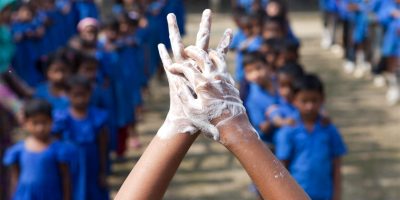
Briefings
Cultural Epidemiology of Pandemic Influenza in Urban and Rural Pune, India: A Cross-Sectional, Mixed-Methods Study
The objective of this study was to identify and compare socio-cultural features of pandemic influenza with reference to illness-related experience, meaning and behaviour in urban and rural areas of India. Cross-sectional, mixed-methods, cultural epidemiological survey with vignette-based interviews. Semi-structured explanatory…
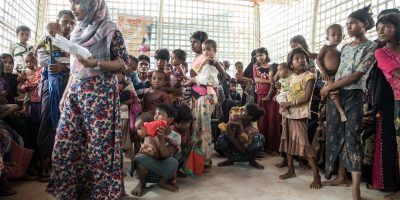
Background Reports
Gender-Based Violence Among Documented Rohingya Refugees in Bangladesh
The Rohingya, a Muslim minority group from the northern part of Rakhine State (formerly Arakan) in Myanmar, is among the most vulnerable of the world’s refugee communities. This study aims to shed light on gender-based violence among documented Rohingya refugees…
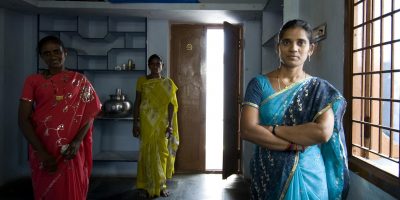
Evidence Reviews
Health Shocks and Coping Strategies. State Health Insurance Scheme of Andhra Pradesh, India
The objectives of the study are three-fold: to investigate who are vulnerable to welfare loss from health shocks, what are the household responses to cope with the economic burden of health shocks and if policy responses like state health insurance…

Evidence Reviews
Impact of Post-Conflict Development Interventions on Maternal Healthcare Utilization
We evaluate the effectiveness of a post-conflict development programme on maternal health-care utilization in the Chittagong Hill Tracts of Bangladesh. Our work varies from conventional impact evaluation studies because of the inclusion of two post-conflict psychosocial risks: the household’s actual…

Background Reports
The Political Economy of Avian Influenza in Indonesia
Why is the response to H5N1 highly pathogenic avian influenza (HPAI) so challenged in Indonesia? Why did the virus spread so fast, and why has the disease persisted? Are there features of the country and its culture that encourage or…
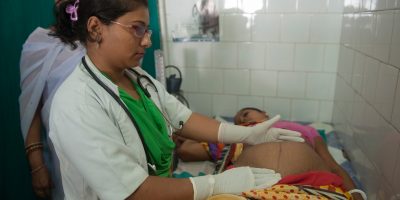
Briefings
Is the Health System Response Out of Sync with the Demands of the Islanders in the Indian Sundarbans?
Five years ago, a mid-summer nightmare named Aila crashed on the Sundarbans with murderous fury and wreaked destruction beyond repair. On May 25, 2009 the tropical cyclone hit the Sundarbans in India and Bangladesh with a wind speed of 110…
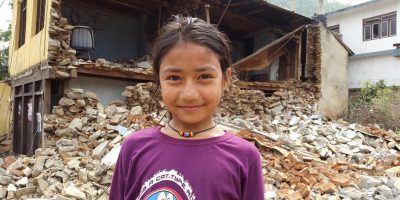
Briefings
Focus on Nepal Earthquake and Earthquakes in Southern Asia
Nepal witnessed a 7.8 magnitude earthquake on 25th April and a 7.3 quake on 12th May, the worst natural disasters since 1900 in terms of number of dead, population affected and economic losses (A). The earthquakes killed more than 9,000 people…
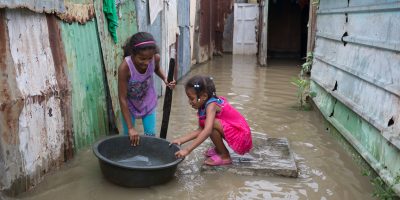
Background Reports
Looking Upstream: Enhancers of Child Nutritional Status in post-Flood Rural Settings
Child undernutrition and flooding are highly prevalent public health issues in many developing countries, yet we have little understanding of preventive strategies for effective coping in these circumstances. Education has been recently highlighted as key to reduce the societal impacts…
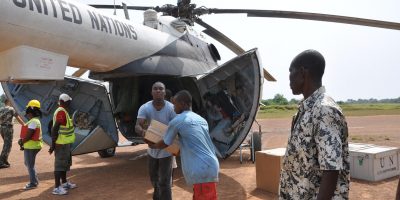
Background Reports
The International Response to Highly Pathogenic Avian Influenza: Science, Policy and Politics
Over the last decade, the avian influenza virus, H5N1, has spread across most of Asia and Europe and parts of Africa. In some countries – including Indonesia, China, Vietnam, Bangladesh, Nigeria and Egypt – the avian disease has probably become…
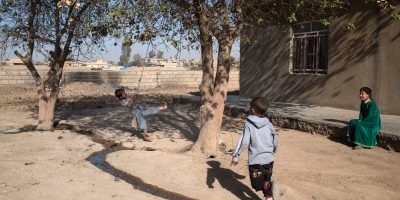
Evidence Reviews
Multiple Shocks, Coping and Welfare Consequences: Natural Disasters and Health Shocks in the Indian Sundarbans
Based on a household survey in Indian Sundarbans hit by tropical cyclone Aila in May 2009, this study tests for evidence and argues that health and climatic shocks are essentially linked forming a continuum and with exposure to a marginal…


